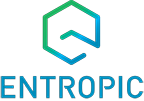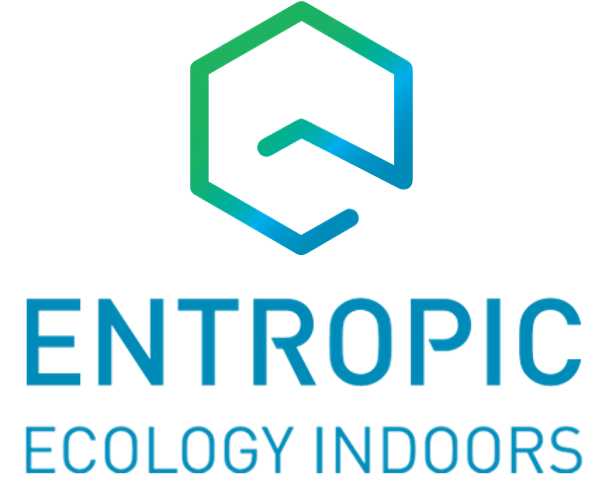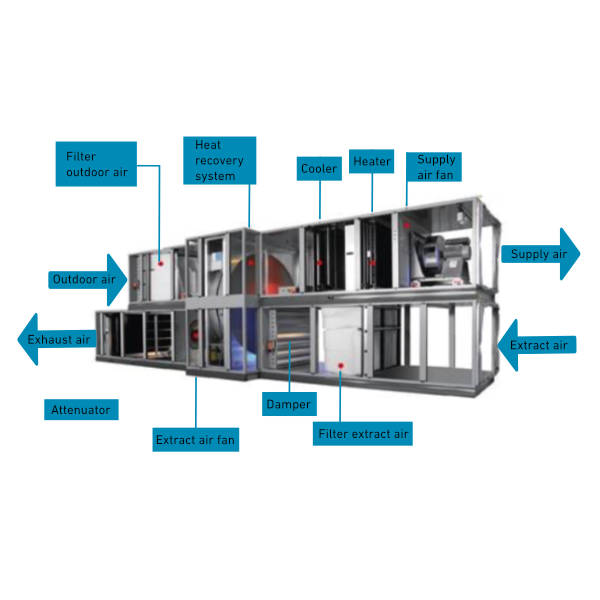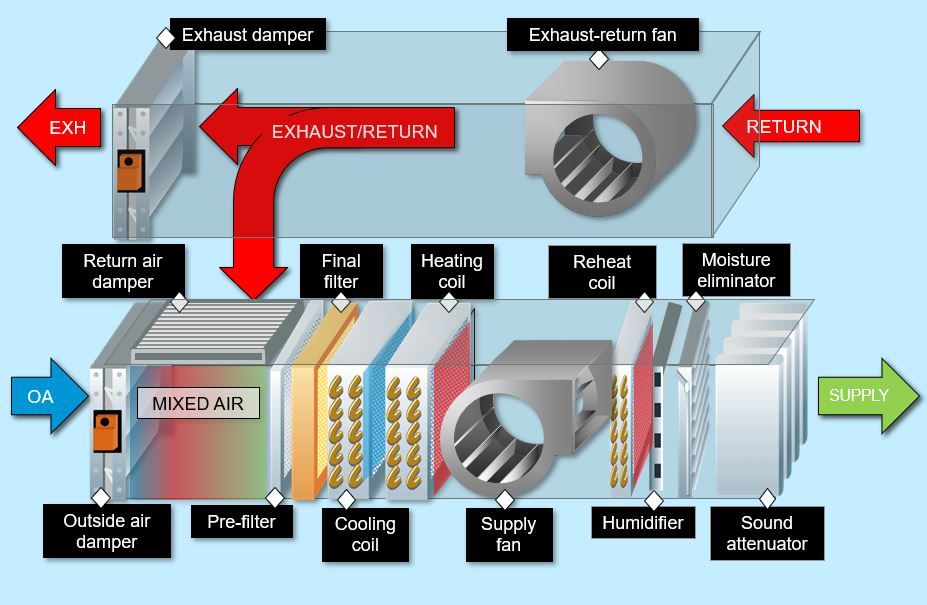Performance specification of indoor environment
Performance specification of indoor environment – ISO 7730 & EN 15251
The standards that define the limits on energy use and environmental comfort. These two standards can be used as the performance specification for quality in indoor environments, EN 15251 & ISO 7730.
They describe what ‘quality’ means in relation to energy and comfort. Clients and specifiers are encouraged to use these standards to describe the quality level they require.
In this case quality is understood to mean the optimum balance between:
– Capital investment,
– Comfort (including air velocity, temperature and humidity),
– Healthiness of the building (how healthy is it to work in the building, IAQ (indoor air quality)
– Energy efficiency
The following factors should also be considered:
– Reduction of pollutants (reducing VOCs & refrigerants in the building)
– Future change of use, flexibility of layout changes (churn costs)
– Maintenance costs
– Expected life of a system (total embodied energy of a building over the building life, i.e. include the energy involved in replacing HVAC systems in 10 to 15 years)
These standards make it easy for the client, design team, cost consultants and end users to compare the quality of buildings and HVAC systems. In such cases, verified performance data becomes more important. We have validated data for all our products (Eurovent certification for: Air Handling Units, Chillers, Chilled Beams, Fan Coil Units and Diffusers).
Post occupancy validation to these standards will help guarantee delivery of the specified level of quality, comfort and efficiency.
We have a summary presentation on these standards which we can present in clients offices, it simplifies the standards and covers the most important points.








